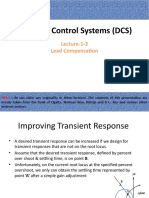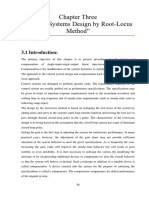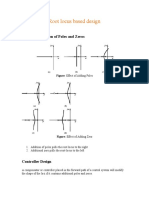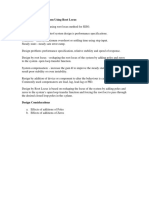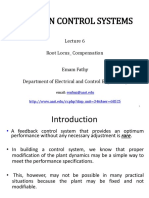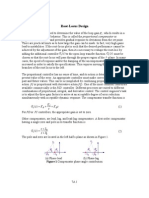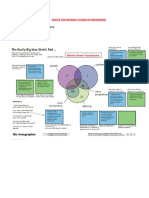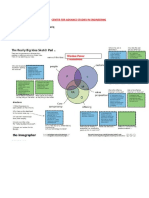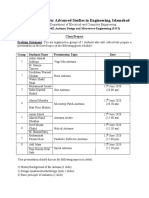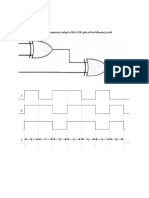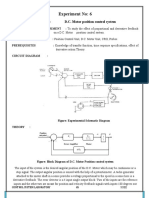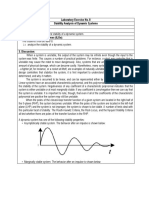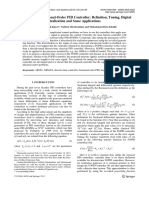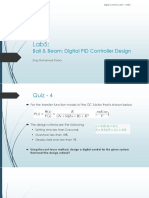0% found this document useful (0 votes)
139 views14 pagesControl Manual Lab 11 PDF
This document describes an experiment on control system design using the root locus method in MATLAB. The objectives are to study root locus design techniques, the effects of additional poles and zeros, and design of lag and lead compensators. It provides details on using root locus plots to reshape the system response by inserting compensators that add poles and zeros. The effects of additional poles and zeros are explained. As an example, a lead compensator is designed to improve the transient response of a sample system by contributing a phase lead. MATLAB code is used to verify the improved step response and root locus plot of the compensated system.
Uploaded by
Muhammad ShayanCopyright
© © All Rights Reserved
We take content rights seriously. If you suspect this is your content, claim it here.
Available Formats
Download as PDF, TXT or read online on Scribd
0% found this document useful (0 votes)
139 views14 pagesControl Manual Lab 11 PDF
This document describes an experiment on control system design using the root locus method in MATLAB. The objectives are to study root locus design techniques, the effects of additional poles and zeros, and design of lag and lead compensators. It provides details on using root locus plots to reshape the system response by inserting compensators that add poles and zeros. The effects of additional poles and zeros are explained. As an example, a lead compensator is designed to improve the transient response of a sample system by contributing a phase lead. MATLAB code is used to verify the improved step response and root locus plot of the compensated system.
Uploaded by
Muhammad ShayanCopyright
© © All Rights Reserved
We take content rights seriously. If you suspect this is your content, claim it here.
Available Formats
Download as PDF, TXT or read online on Scribd
/ 14

